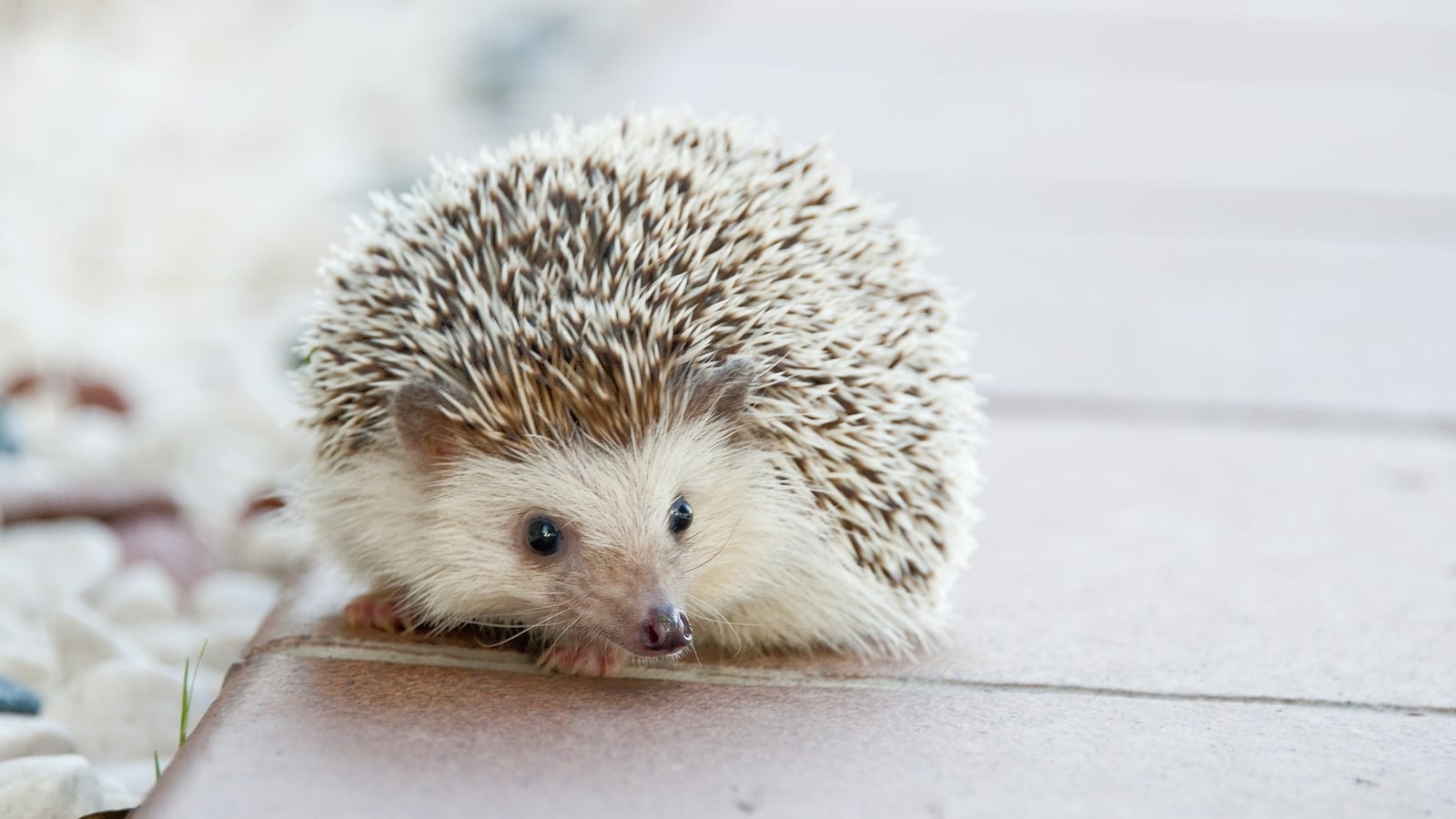Antibiotics have been responsible for saving countless over the last century. But they’ve also put us into an evolutionary arms race with harmful bacteria. As more antibiotics are used to treat bacterial infections, the bacteria itself faces more pressure to mutate into strains that can resist these antibiotics. Humans go back to the drawing board and develop more powerful antibiotics, the bacteria evolve resistance against those antibiotics, and so forth.
At least, that’s been the conventional wisdom for how antibiotic resistance develops. But a new study published in Nature on Wednesday paints a more complicated picture, showing that methicillin-resistant Staphylococcus aureus (better known as the superbug MRSA) evolved naturally 200 years ago—long before methicillin was ever introduced as a clinical antibiotic.
And the culprit responsible for MRSA might surprise you: hedgehogs. Behind those adorable faces and underneath those spiny exteriors, hedgehogs are basically living factories for producing MRSA.
Methicillin was first discovered as an antibiotic in 1959. The first reports of MRSA emerged in 1961 in the U.K. It usually takes decades for bacteria to evolve resistance to a popular antibiotic, so scientists have always been baffled by why it took less than two years for MRSA to pop up after methicillin was first introduced to the general population.
Meanwhile, it’s been known for a while that hedgehog bodies are vulnerable to fungal disease. In the last decade, there’s been a string of new research (spearheaded by Danish researcher Sophie Rasmussen) that’s shown hedgehogs in northern Europe carry both Staphylococcus aureus and a fungus called Trichophyton erinacei on their bodies. The fungus produces its own antibiotics to kill the bacteria, but some of these S. aureus strains have been able to evolve a natural resistance to those fungal antibiotics.
“This completely changed my perspective of how to look at MRSA and antibiotic resistance,” Jesper Larsen, a researcher at The State's Serum Institute in Copenhagen and the lead author of the new study, told The Daily Beast. “It meant there must have been some selective pressures in hedgehogs that caused them to carry MRSA.”
Through nasal and skin swabs of hundreds of hedgehogs originating from wildlife rescue centers, the new study found that hedgehogs across Europe and New Zealand carry high levels of an MRSA strain called mecC-MRSA. Larsen and his team specifically found that up to 60 percent of all wild hedgehogs in Denmark and Sweden carry mecC.
Furthermore, using gene sequencing techniques that could help date the MRSA-specific mutations, the team was able to determine that mecC first emerged on hedgehogs two centuries ago—well before methicillin was first used to treat humans and farm animals.
Ultimately, the authors believe that hedgehogs began as the first reservoir for MRSA, and this explains why MRSA was so quick to spread to livestock and humans later on even when methicillin had only just been introduced.
To be clear, the authors do not discount the role clinical antibiotics may have played in helping the growth of MRSA, which leads to more than 80,000 cases and 11,000 deaths in the U.S. every year. While the World Health Organization classifies MRSA as one of 12 “priority pathogens that threaten human health,” only about 1 in every 200 MRSA infections in humans are caused by the mecC strain. It must have further evolved in order to better adapt to humans, though hedgehog strains were a fertile starting point.
Larsen cautions there should not be a huge concern that hedgehogs—domestic or wild—are going to suddenly infect us all with MRSA. “Apparently, we have been living with this problem in hedgehogs for 200 years, even before we had antibiotics,” he said. “So no, it's not a big problem.”
But what the study does do, said Larsen, is provide new insight into understanding the current antibiotic crisis. Random mutations can appear all the time, but they only stick around when there’s pressure to keep them. In this case, hedgehogs seem to be the origin point for MRSA genes, but these antibiotics in humans have helped maintain those genes in certain S. aureus strains.
Larsen and his team are keen to know whether other interactions between antibiotic-producing fungi and bacteria are happening in other host animals as well. There’s a bit of hope these studies could lead to a breakthrough into developing a silver-bullet solution for MRSA and other superbugs—one that ends the evolutionary arms race permanently.








